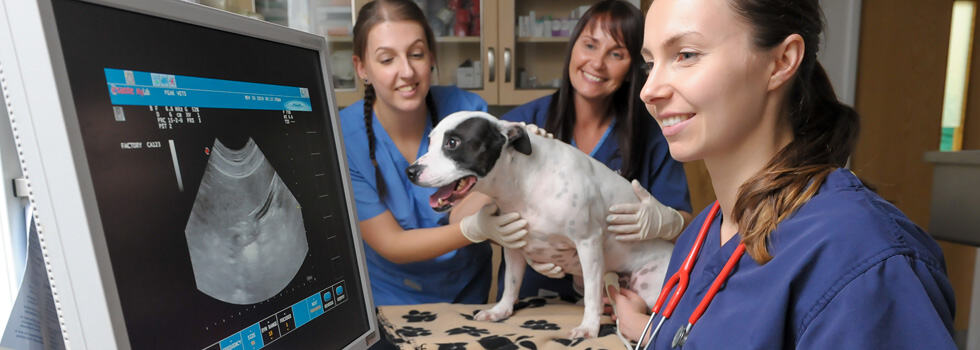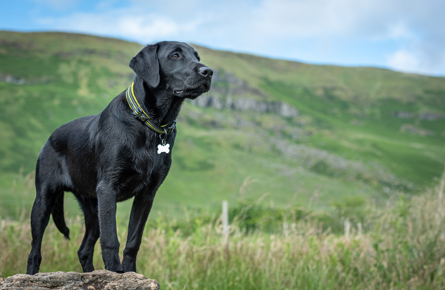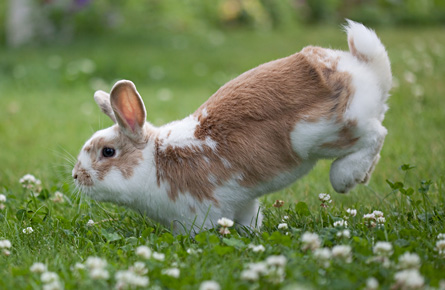Your pet will have a pet microchip placed beneath their skin to provide a permanent identification system. It is about the size of a rice grain and acts as a permanent form of identification.
Pet Microchipping for your Cat, Dog & Rabbit
The majority of veterinarians in my area, such as Peak Veterinary Clinics, as well as local government offices and animal rescue organisations, have portable scanners that can read each pet's unique microchip number.
This ensures that your contact details will always be in the central microchipping database. Following the reading and verification of your pet's microchip, a quick phone call might let you and your pet reunite.
Book a pet microchipping appointment
the Importance of Pet Microchipping Near Me
Local pet microchipping is highly recommended by the experts at Peak Veterinary Clinic for dogs, cats, ferrets, rabbits, snakes, parrots, tortoises, and horses.
A permanent and trustworthy method of identifying stolen or lost pets, microchipping near me is an essential component of responsible pet ownership. A microchip is a tiny device implanted beneath the pet's skin that has a unique identifying number connected to the owner's contact information in a secure database, in contrast to collars and tags that are readily removed or misplaced. This straightforward yet efficient technique improves animal welfare and gives owners peace of mind by greatly increasing the likelihood of finding a missing pet.
Dogs must be microchipped in several nations, including the UK, and cats must do the same since June 2024. In addition to addressing the rising problem of stray animals, this legislation also serves to lower the number of pet theft cases, which is a developing worry. By swiftly scanning microchipped dogs and getting in touch with their owners, veterinarian offices, animal shelters and local government agencies may avoid needless euthanasia or rehoming. Owners take a vital step in protecting their cherished dogs by making sure their pets are microchipped and maintaining current contact information.
Legal Requirement for Pet Microchipping
Legally speaking, in order for the breeder to transfer ownership, all dogs must now be microchipped, and all puppies must be vaccinated by the time they are eight weeks old. If your dog is not microchipped, you might face a fine of up to £500.00.
Remembering that your pet has to be microchipped and have a pet passport is essential if you intend to travel with them.
Anaesthesia is not required for the placement of a pet microchip because it is a minimally unpleasant process that may be completed in a normal consultation.
Don't worry if you can't remember or know whether your pet has a microchip; it's really simple to use a scanner to check for one. A member of the Peak Vets staff could be scheduled to scan your pet and look for a functional chip. Please ensure that before implanting a new microchip, we all make sure the animal hasn't received a pet microchip.
Equestrian Pet Microchipping Near Me
As of October 18, 2018, all horses, ponies, and donkeys must have a current UK passport and a pet microchip, according to new regulations from Defra. A central database known as the Central Equine Database (CED) will house this data.
Horses born after June 30, 2009, are already required to have their pets microchipped nearby. There is a grace period for owners of older horses:
- Prior to October 1, 2018: Two years to get their horses microchipped.
- Following October 1st, 2020, all horses, ponies, and donkeys must be microchipped.
Reuniting stolen or lost horses with their owners and enhancing animal welfare are the goals of this innovative method. The CED will make it simple for police and municipal authorities to find owners, speeding up and improving the efficiency of the procedure. It can also assist in locating the owners of stray horses, guaranteeing appropriate treatment and holding them responsible.
Last but not least, the passport issuing agency must be notified of any changes in a horse's status, including death, loss, theft, or removal from the feeding chain. After then, they will have a day to add this new information to the CED.
Pet Microchipping for Horses
Our veterinarian will do a comprehensive examination prior to microchipping your horse to make sure the new chip we'll be implanting is working correctly and reading the correct number, as well as to make sure there are no existing chips.
The actual pet microchip will be positioned on your horse's left neck mid-crest. To make access simpler, we'll shave and clean a tiny region. For greater comfort during the surgery, local anaesthesia may be utilised in some situations. The chip will be scanned after being placed with a wide-bore needle to ensure that it is properly positioned inside your horse's body.
Although rare, a little amount of swelling (oedema) at the injection site is possible. Usually, this goes away on its own. In a similar vein, little bleeding may happen but usually ends shortly. Drainage and antibiotic therapy may be required if any problems develop, such as considerable fluid collection or prolonged oedema.
Registration Form for Pet Microchipping Near Me
Near me, Peak Vets provides pet microchipping! The likelihood that your missing pet will return home is increased by this easy process. We enter your information (including lifetime enrolment) in a national database. For quicker reunions, keep your contact information current. Our microchips are compliant with international standards, which might help pet passport initiatives. For a happier, safer pet, get in touch with Peak Vets right now!
Please contact one of our helpful staff members for further details on pet microchipping right now!










